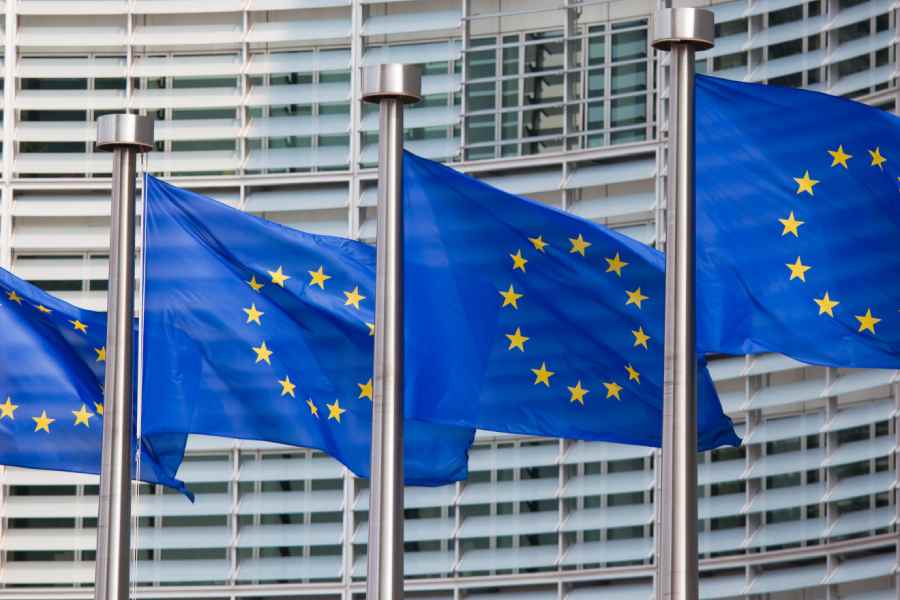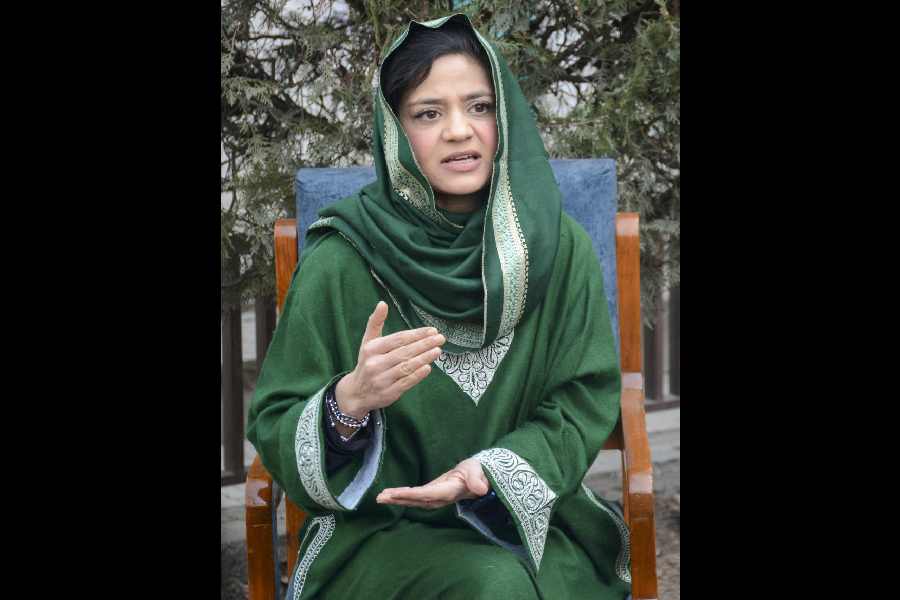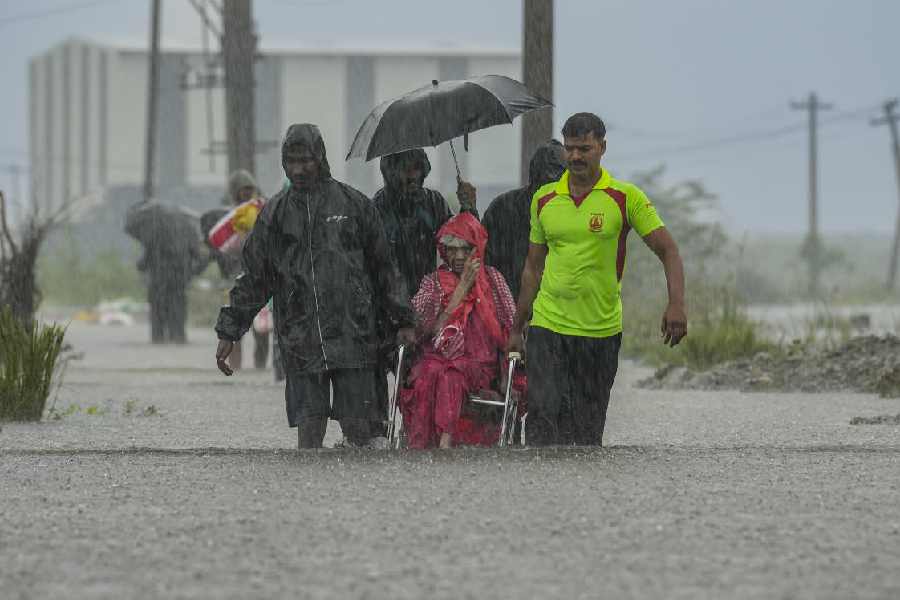A landmark bill set to overhaul migration policy across the EU cleared its final hurdle on Wednesday after it was approved by the European parliament.
The bill, which had taken the best part of the past decade to negotiate, aims to make it easier for member states to deport failed asylum seekers and to limit the entry of migrants into the bloc. It would also give governments greater control over their borders while bolstering the bloc’s role in migration management — treating it as a European issue.
European officials and politicians had been intent on passing the legislation before EU elections in early June to counter anti-migrant sentiment that is fuelling a rise in the popularity of far-Right parties in several European nations. The final step for it to become law is an approval by the European Council, a formality, in the coming weeks.
“We all understand this fundamental truth: Migration is a European challenge, which must be met with a European solution, one that is effective and both fair and firm,” said the European Commission’s president, Ursula von der Leyen, soon after the parliament voted.
The bill stipulates that rapid assessments of whether a person is eligible for asylum will take place at borders. And it will make it harder for asylum seekers to move on from the countries they arrive in.
A significant element in the bill lays out a process through which some asylum seekers who are judged to be unlikely to be successful would go through a fast-tracked asylum procedure at the border.
An important part of the policy, known as the “solidarity mechanism”, will distribute migrants across the EU. Most migrants arrive at border countries, such as Italy and Greece, but the new policy will distribute them based on a number of factors, such as population size and the existing number of migrants in any given country.
New York Times News Service










